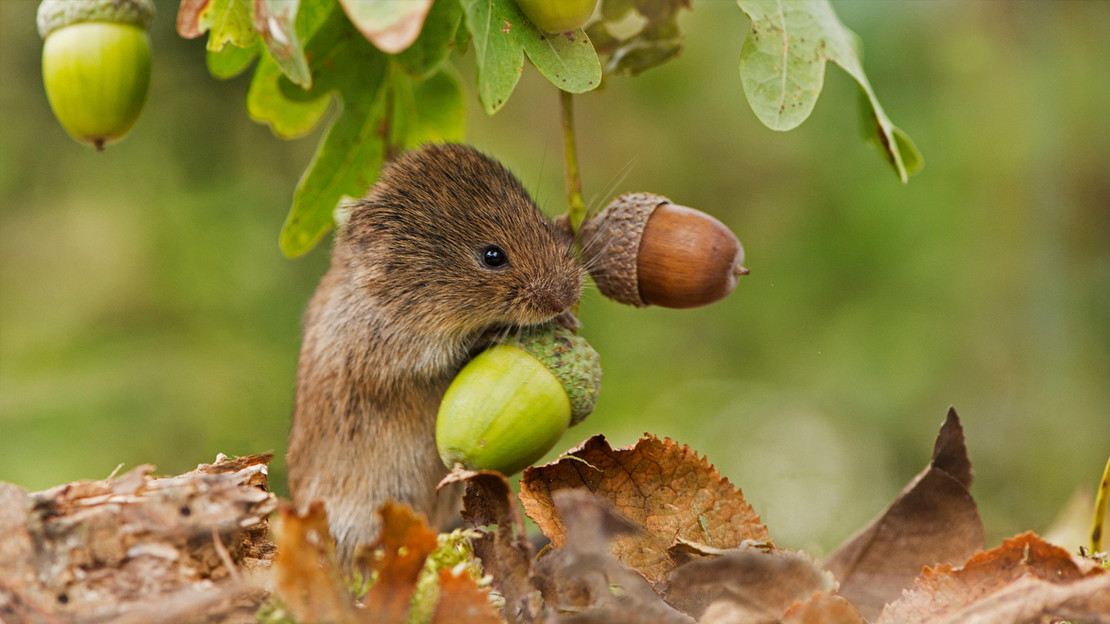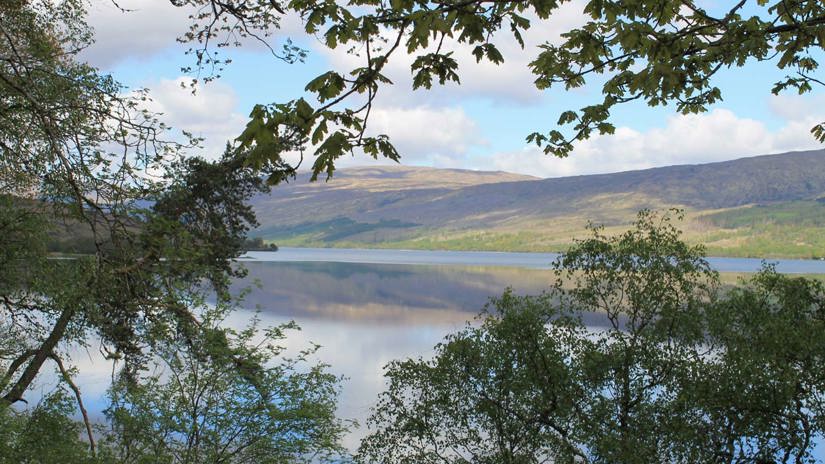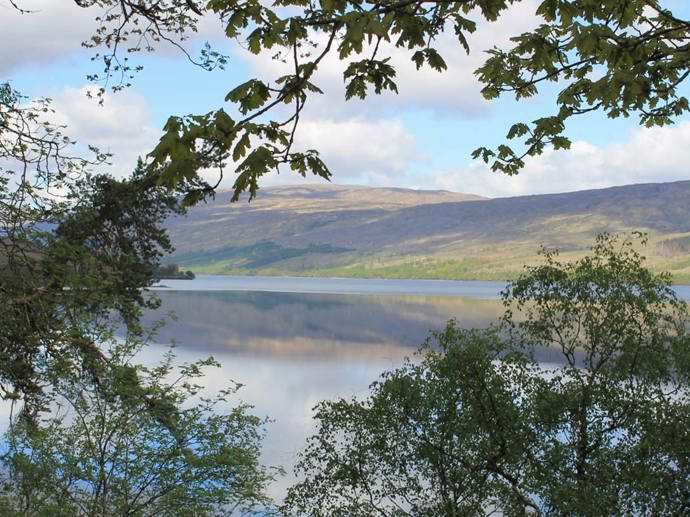
In safe hands
Woods and wildlife have a future with us. We're on the ground every day, all year round. But without you, the work stops.
Become a member todayParts of Loch Arkaig Pine Forest are only accessible by boat. Others are remote and rugged. Site manager Steve Morris takes us deep into the heart of this slice of Caledonian pine forest, revealing the incredible wildlife, rare habitat and stunning scenery he is a part of protecting and restoring.
Video length: 00:02:47
I spent a lot of time walking in woods when I was growing up. I was lucky enough to be brought up in the countryside on a farm. I switched from farming to conservation/forestry at a relatively young age.
Hi, my name's Steve Morris. I'm the site manager for Loch Arkaig Pine Woods. This is a large site just north of Fort William and it's quite an inaccessible Caledonian pine forest.
So, we're in the very West of Scotland. We experience very wet conditions, very high rainfall, which creates a lovely humid atmosphere within the forest, and you have these dense, dense patches of bryophytes and mosses growing on the trees, on the ground, and it's part of the sort of Atlantic woodland that stretches from the north of Scotland right to the south-west of England.
This is an iconic Caledonian pine forest which is unique to Scotland and it's one of the few remnants that are left. It's made up of a lot of native species, but it's also got a lot of non-native species planted in amongst it.
There are many, many challenges to this site. The number one difficulty is access to it. The other area to the west is known as the gusak and that has no road access to it. It's only accessible currently by boat.
There's no mobile phone access. There's no email out there and you do feel like you're just, you know, in a little world of your own.
The vision is a fully restored native woodland with a fully functioning ecosystem where we're using natural regeneration and natural processes for the forest to sustain itself, but at the same time making areas of it accessible to local people to utilise.
The wildlife here is spectacular. We have iconic species so we're learning all the time and setting up kind of baseline monitoring to measure the impact of the work that we do over a long period of time, so we're looking at, you know, what happens over 20 years when you change the structure of forests like this and does it have a negative or a positive impact on biodiversity as a whole?
To spend time on the site and to be involved in such an ambitious project and to actually see people now starting to deliver on the ground is just a thrill, frankly.

Woods and wildlife have a future with us. We're on the ground every day, all year round. But without you, the work stops.
Become a member today
